‘Running out of disk space.’ ‘Files are currently full’. ‘Insufficient storage.’ ‘Storage space is running out’. These error messages that come up on your device are not only annoying but are also a reminder of your digital clutter.
Let’s look at how to get rid of digital clutter and save time since digital clutter isn’t only irritating, it’s also a time-waster.

The Problem of Digital Clutter
Have you ever spent way too long looking for a digital file or picture? Or felt so frustrated when you couldn’t find what you were looking for?
While digital clutter isn’t something that is as easily noticeable as physical clutter in your home, it steals your time, attention, and peace just the same.
A recent study found that people were spending 1.8 hours each day searching for and gathering information.
Even without studies, inherently I think we all know that digital clutter takes up time and brain space. The frustration of not being able to find that important email or document is enough to let you know it hurts your productivity.
How to Get Rid of Digital Clutter and Save Time
After you’ve recognized that digital clutter is negatively impacting your life, the next step is figuring out how to get rid of digital clutter and save time. Here are some tips to help you through the process.
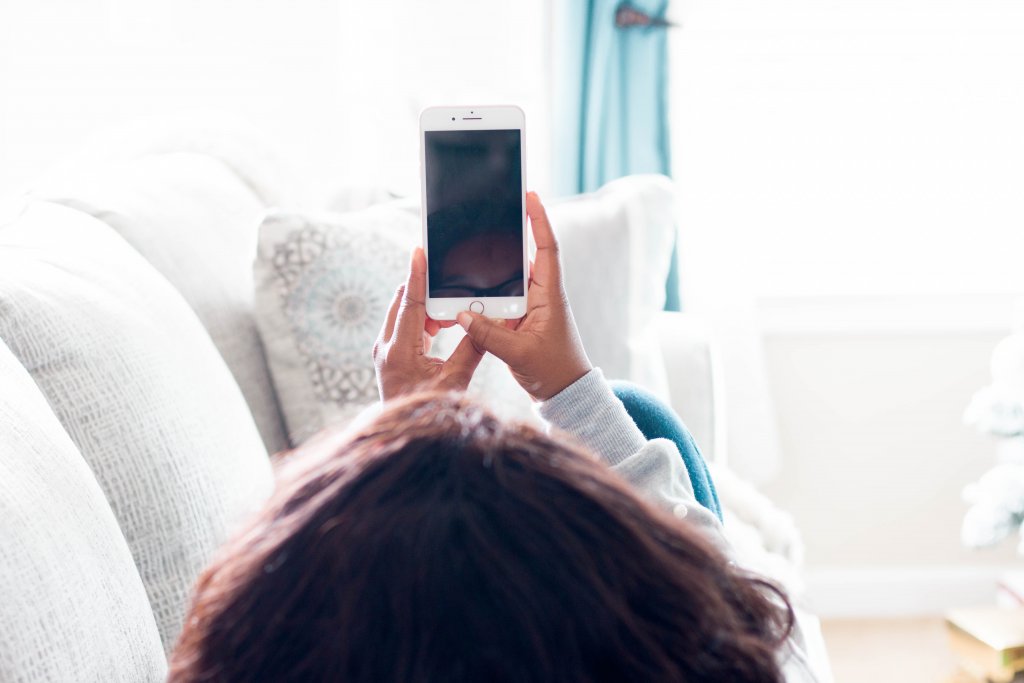
Prioritize it
Digital clutter isn’t the most appealing clutter to deal with. You won’t see the dramatic before and after that you can with physical clutter. You will, however, have some of the same benefits and the feeling of a zero inbox is pretty great.
Since the task of digital decluttering is a bit more mundane, you had to decide to make it a priority. With unexciting tasks, you’ll notice a plethora of things attempt to steal your attention.
Focus
It may take extra effort and intention to maintain focus when you get rid of digital clutter. Suddenly other things will fight for your attention and tempt you to get distracted.
You’ll get more done in less time as you focus on the task at hand and shut off distractions.
Decide to make dealing with digital clutter a priority. Commit to seeing it through. Schedule it and stick to it in order to make your way through the process.
Schedule it
Now that you’ve decided to make it a priority, put it in your schedule. Block out set periods of time to work toward your digital decluttering goals.
When you get rid of digital clutter it can be a tedious process. Knowing that is helpful as you schedule it. I wouldn’t attempt to knock it all out in a day.
Having shorter blocks of time is more efficient. You’ll need breaks from staring at the screens. Schedule your blocks for no longer than an hour and then take a break and step away from the screen for a bit.
Stick to your schedule and carry out your plan even if you don’t feel like it. In the end, you’ll be glad you did.
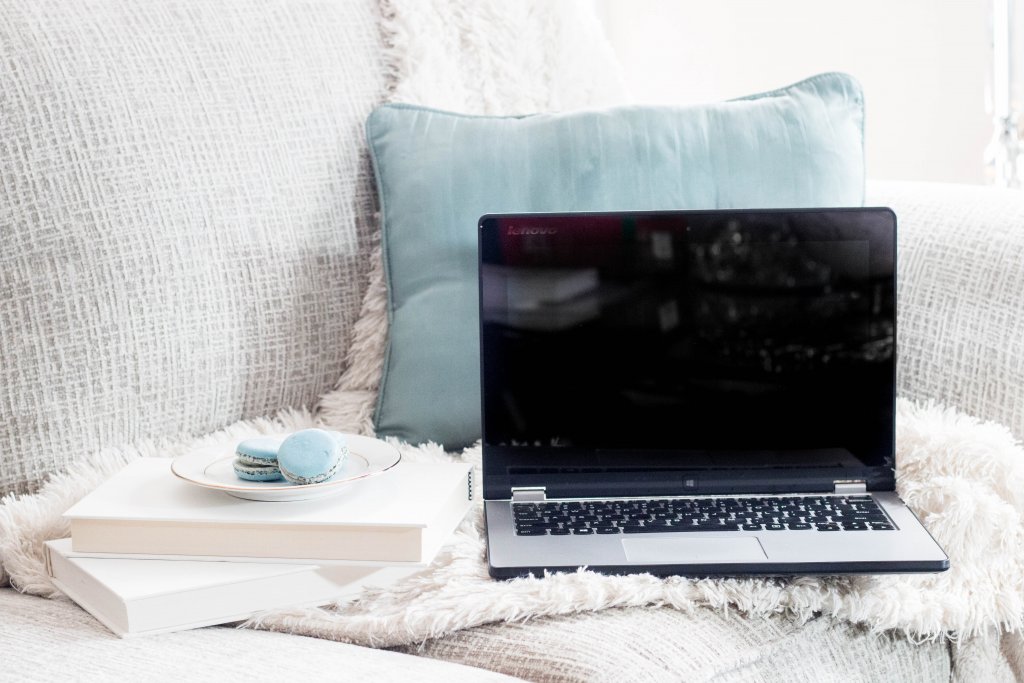
Have a plan
You’re making it a priority and you have it in your schedule and now you need a plan for what to do to get rid of digital clutter. Pick one type of digital clutter to focus on first and work through it before you move onto another one.
The most common types of digital clutter are email, pictures, and documents. Here are some tips for each of those areas.
Email tips:
Professionals have an average of over 200 emails in their inbox and receive 120 new ones per day and only respond to 25%. Having a full inbox wastes 27 minutes per day. (source)
Here are some tips I have learned in working through email clutter.
1. Sort by sender
When you sort by sender, it is much easier to delete larger chunks of email at once time. When you know you don’t want to save anything from a particular sender, this gives you the opportunity to delete them all at once.
2. Unsubscribe as you go
When you come across emails from a sender you no longer want to receive email from either because it’s irrelevant to your life, they email too often, they tempt you to purchase things that don’t fit with your goals, or you have no idea how you ever got on their list in the first place, unsubscribe.
You will find the unsubscribe button at the bottom of every email you receive. Usually this works to get you off the list and you don’t have to worry about it any further, but
3. Create folders for necessary emails
There will be a temptation to simply sort all of your email into folders that you likely never again access or look at. The better way is to be ruthless as you declutter and delete emails and to only create folders for what’s necessary.
Only keep what is necessary and create a minimal number of folders for emails you will need to reference later.
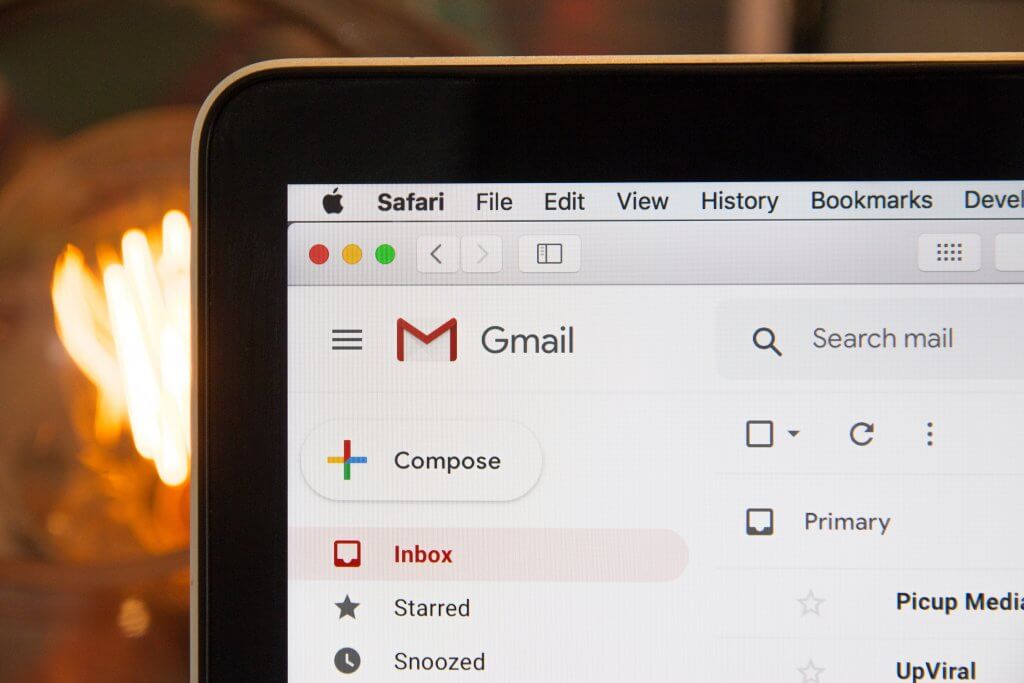
Picture tips:
Use these tips to help you declutter your pictures and videos on your device. I know this part can be hard as you get lost in memories and perhaps feel guilty deleting pictures from the past.
Keep in mind, more is not always better. Sometimes more is just more and creates an overwhelming situation where you aren’t able to enjoy or easily access what you have.
1. Sort by date
Sort your pictures by date. Go through and keep the most memorable moments. Delete the excess. Get rid of duplicates (we have so many of these from using digital devices!). Let go of blurry pictures.
Instead of having an overwhelming number of pictures you have that you avoid because it stresses you out, simplify your pictures. Make it so that those most treasured memories are captured and you can more easily find what you’re looking for.
2. Clearly label folders
Rename the folders with something that makes it easily identifiable. Include the location or event and date. It will save you lots of time in the future when you want to find them again.
Document tips:
1. Sort
There isn’t a standard way to sort documents as it depends on what all you have. It works best for me to sort by date. Later on I also look at them by type but again it depends on which types of documents you have.
2. Delete
Delete files that you know you won’t need or use again. There is a tendency to want to keep everything and just archive it. That doesn’t really solve the clutter problem though or make it any easier to locate something if you do need it.
Be real with what you actually want to keep. Get rid of those you don’t. It’s ok to let go.
3. Organize
With the necessary documents you have remaining, organize them into folders clearly named for what is in them. Ask your future self where you’d look for that document and make sure it makes sense.
Maintenance
Once you are done with your digital decluttering, the goal is to maintain it to keep it from piling up again. Delete regularly so that you never again get up to an inbox with 4,628 emails.
Creating and maintaining new habits is the best way to keep clutter at bay.
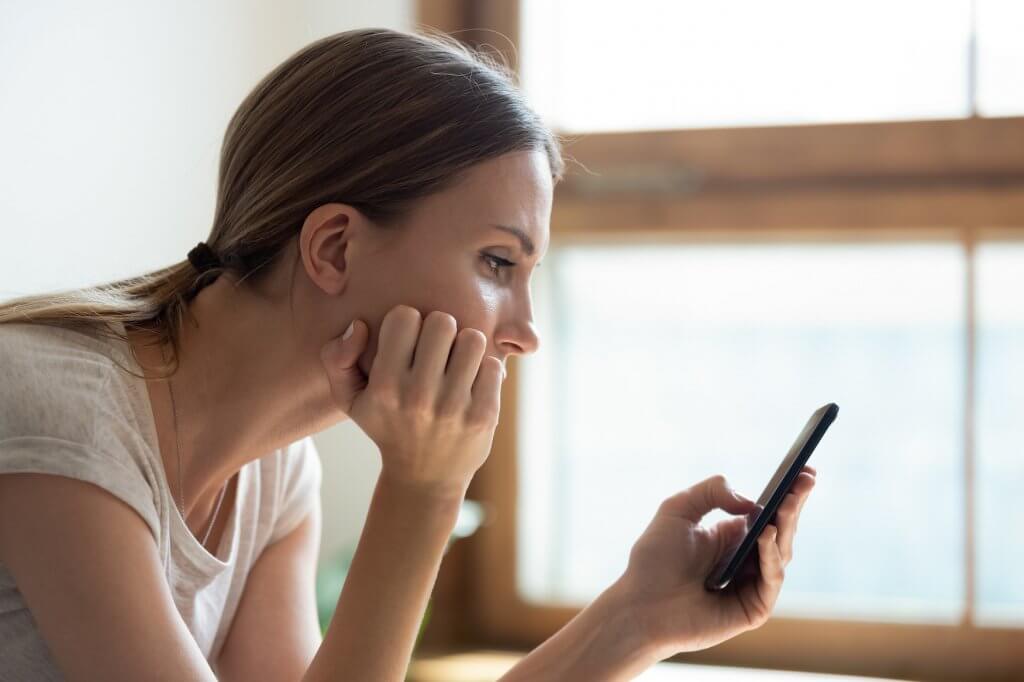
Create a back-up plan
As you get rid of digital clutter, you want to not only minimize your files but also create an ongoing back-up plan for your digital life.
All too often, backup drives get used to store files people don’t want to deal with. They are the self-storage units of the digital world.
This creates a very frustrating scenario as files you likely don’t care about but have ignored are mixed in with all the things that are meaningful to you. That’s why it’s important to do all the decluttering first. Only keep and back-up the files you know you want to keep.
Once you’ve done that, create a plan for how and where you will regularly back up your devices. There are a variety of options with that from using cloud storage to physical back up drives.
We use dropbox for some files and we own physical back up drives as well. There are a lot of options out there with pros and cons for each. Whichever system you decide on, make sure it is either set to back up on it’s own or set aside time to do that regularly.
No one wants to end up losing meaningful pictures or important documents so planning ahead and creating a back-up plan is helpful.
Make it fun
When you get rid of digital clutter the process may not motivate you, but you can make it more exciting and fun.
Some of the digital decluttering process doesn’t take as much brain power so you can listen to other things while you do delete emails for instance. Listen to an audio-book, podcast, or music of your choice.
You can also gamify the process. Challenge yourself to get a set amount done in a given time period. Make it a competition with a friend.
Plan rewards along the way. It doesn’t need to be anything big. Just have it be something that is meaningful and motivating to you.
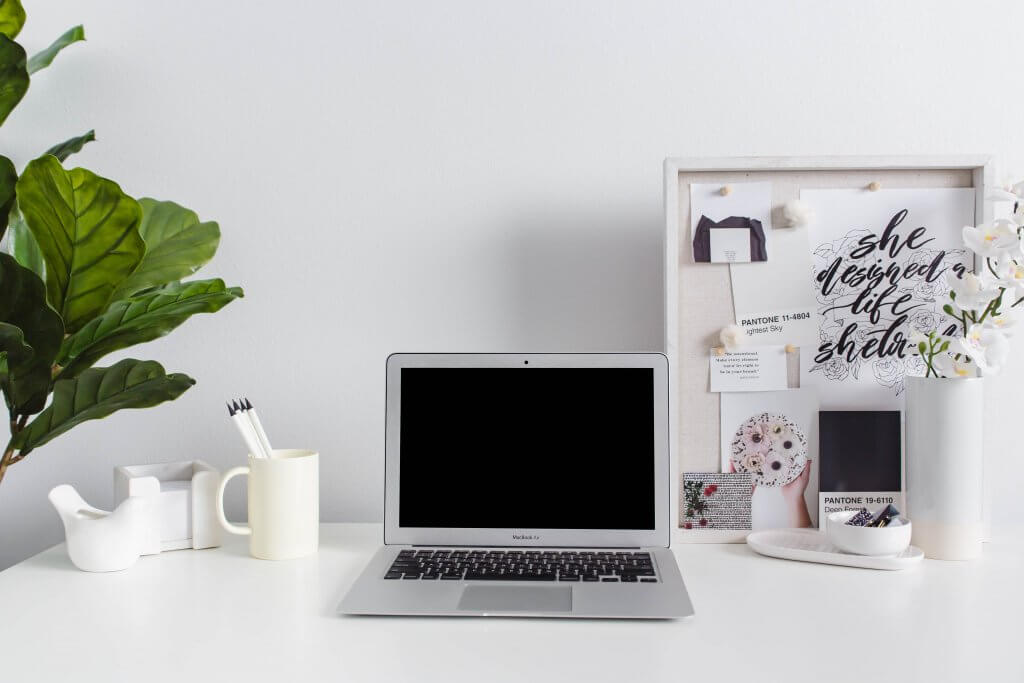
When physical clutter & digital clutter collide
I’ve heard the recommendation that when you are decluttering your home to take pictures of some items you are letting go of. The idea if that it eases letting go as your are saving the memory via picture.
If that works for you to help let go of sentimental items especially, that is ok to do, but don’t let that now transfer your physical clutter into additional digital clutter.
Know yourself as you make that choice. I personally know that taking pictures of things like that would not be something I would ever go back to look at. It would create digital clutter, so I don’t do it.
If it’s important for you to take and keep those pictures because you actually will look at them again, make sure you keep them organized. The goal is not to transfer clutter form one place to another.
Get rid of digital clutter to help free yourself from mental clutter and get more time back!
Want to stay up to date with The Simplicity Habit? Sign up on the form below and you’ll get weekly tips on decluttering and simplifying life. You’ll also get the 8 Quick Wins for Decluttering to help you get started.


Hi Juliana,
Thanks for this post, it certainly resonated with me. I know I’ve used digital storage as a ‘save and forget’ hold-all. Curating my files, photos and emails has taught me to be more thoughtful about an items relevance, where it should live and how long it should stay! Saves a lot of time and stress if I’m actively managing my digital world.
Hi Kellie. I’m so glad that it was helpful for you!
One of the hardest areas for me to declutter is social media. I’m trying to keep those I interact with to a minimum these days. To unfriend or unfollow someone doesn’t have to mean that there has been an argument or negative issue, but that we often causally accept a request out of politeness or a why not attitude. I never want to purposefully hurt someone’s feelings but I often wonder if they have 1,500 friends if they’ll really miss me 😉